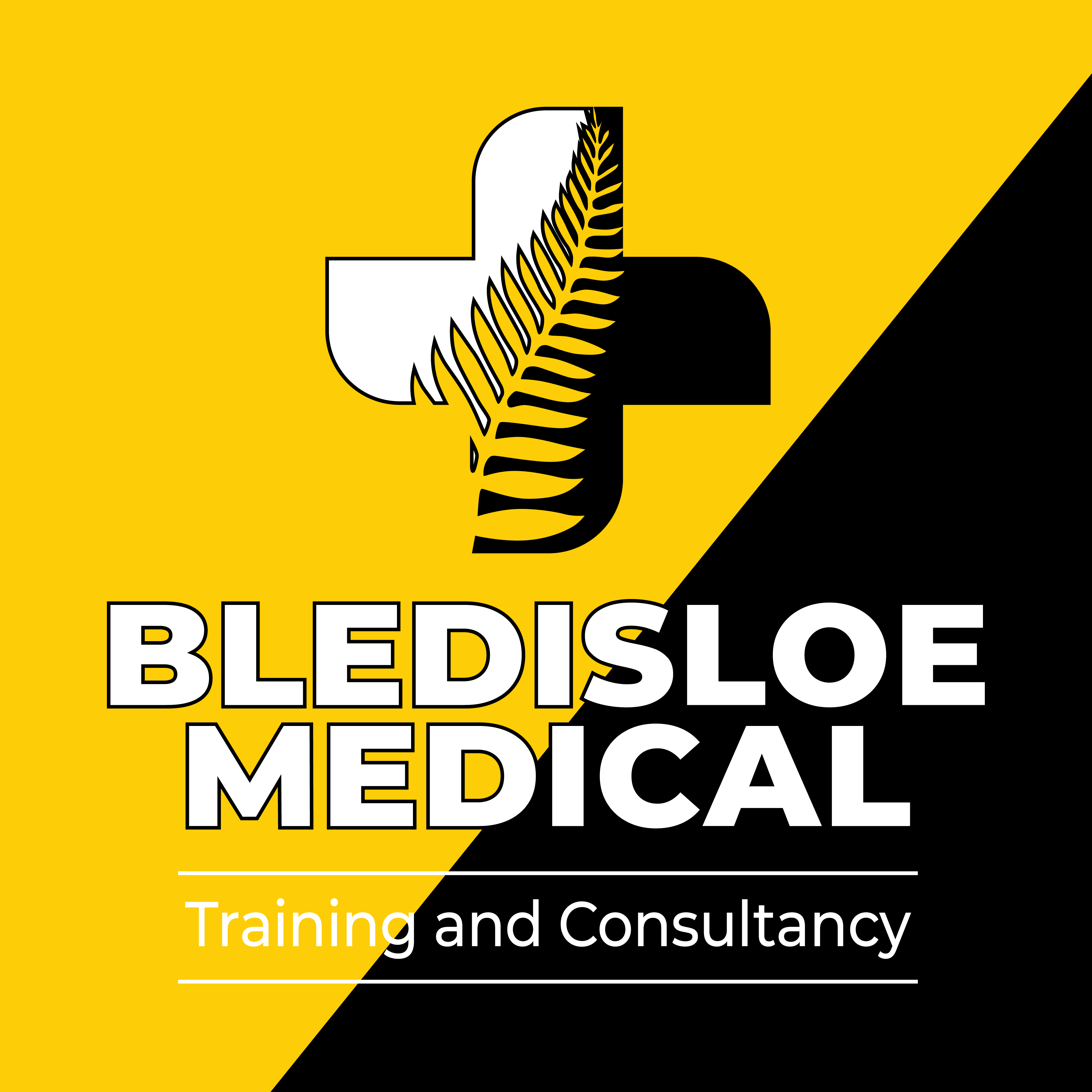Benjamin R Mackie, Darwin Alvarenga, Christopher Williams, Gabor Mihala, Joseph Dawson, Benjamin Tribe, Guy Williams, Jessica Schults, Gillian Ray-Barruel, Nicole Marsh
Introduction Haemorrhage is the leading cause of preventable death in combat settings. Pre‑hospital practice guidelines for shock advocate for intravenous (IV) access to enable the rapid delivery of blood products and adjunct treatments. However, peripheral intravenous catheter (PIVC) insertion and securement is challenging in the austere setting, and catheter failure is common. This study investigated dressing and securement methods to prevent PIVC dislodgement within an Australian Defence Force (ADF) tactical combat casualty care (TCCC) training course.
Methods A pragmatic in vitro design was used to compare the proportion of dislodged PIVCs using three securement techniques – the ruggedised field IV method (Ranger), the S‑Wrap technique, and standard care (a TegadermTM dressing). The study was undertaken from February to May 2022 at the Australian Army School of Health (ASH) in Victoria, Australia. Pull-out force was simulated using a purpose-designed pulley system and measured with a digital forge gauge. The null hypothesis of no difference in average force between products was tested using one-way analysis of variance, followed by a post‑hoc Bonferroni test. Statistical significance was determined at p≤0.05. This study is registered with the Australian New Zealand Clinical Trials Registry CTRN12621000314820.
Results Of the three methods of PIVC securement tested in this study (standard, Ranger, S‑Wrap), the S‑Wrap method demonstrated a significantly higher average pull-out force (66.1N; SD 7.1), and the lowest average pull-out force was associated with TegadermTM (9.7N; SD 2.2). The securements provided greater resistance against the pull-out force at 0˚ compared to 30˚. The three Bonferroni-adjusted p values for the three null hypotheses between the three products were all <0.001.
Conclusion PIVC securement is challenging in the austere or combat setting, and failure is common. The S‑Wrap technique is an uncomplicated, feasible and safe PIVC securement dressing for use in high threat/austere pre‑hospital settings.



